Meet Colton Hash, Artist in Residence
After a childhood in the Rocky Mountains of Montana, Colton Hash moved to Victoria in 2010 to start a computer science/visual arts combined degree, and last year, he started work as the Artist In Residence for Ocean Networks Canada (ONC).
Growing up surrounded by forests, Hash has always drawn on nature as inspiration for his art. But that drive grew particularly strong after the Rocky Mountain Pine Beetle epidemic in 2008. “It killed half of the trees I grew up around,” Hash says. “I was awoken to the scale and severity of the ways that industrial activity has impacted the earth, and I’ve been drawing upon that as motivation ever since.”
That motivation isn’t only evident in Hash’s projects for the ONC; it can be seen in all his work, from a sculpture commenting on domestication to an interactive digital display depicting forest growth and decay.
“A lot of my previous work has used data to convey our cultural relationships with nature,” Hash says. “With the recent projects I made during the ONC residency, I was using data to primarily show relationships within environmental systems. Instead of using data to show human impact on nature, I experimented with using data to show cycles and processes within atmospheric and ocean systems.”
All of Hash’s work done for the ONC was interactive: visualisation of plankton, depictions of noise from sea vessels, the exchange of carbon dioxide between ocean and atmosphere. During his time in the Artist In Residence program, he would talk to staff and scientists about their research, then start projects based on that research to depict different aspects of local marine ecosystems. He’d often show his works-in-progress to people at the ONC to receive feedback and suggestions.
“An aspect of Artist in Residence programs that excites me is the potential for artists to help facilitate the ability of people working within organizations to engage with their own ways of creative thinking,” he says. After a moment, he adds, “If nothing else, I think having an artist around a bureaucratic organization can help to break up some of the monotony of day to day routines and deadlines.”
Hash leans heavily towards interactivity in his own art, not just in his work for the ONC. “If art works respond to the movements or choices of viewers,” he says, “I think that it can facilitate people to be more engaged and spend more time reflecting on their experiences. I think that the power within art to influence societal change lies within the space where the viewer forms their own connections when engaging with art,”
Hash’s favourite piece of his own work to date is Resonant Disintegration, a feat of welding, computer programming, and working with climate model data. Hash welded together a metal sculpture of a life-size adolescent female orca, submerged it in the Salish Sea to corrode, then hung it in a room at eye-level.
Climate data was projected throughout the room, while underwater engine noise played. The sculpture also had a microphone attached to it and every time someone touched the sculpture, that noise would echo throughout the room. Hash describes it as “an emotionally-driven space that is beautiful and haunting, and reflects the complex state of our world in relation to climate change, ongoing industrialization and the loss of things we love in the world.”
Hash was originally hesitant to sculpt even though when he first started art courses at UVic “all I wanted to do was to make metal animal sculptures out of sheet metal.” Part of him was afraid that it seemed too “crafty”—and then in his final year, he “finally just went for it.” Though he doesn’t currently have the space to work with wood and metal, Hash is hoping to be able to again soon.
Hash sees art as a way of opening discussions in a time when action against climate change becomes more and more important. He says, “Sometimes making art feels futile in relation to the problems we collectively face, but it also feels like an important way to build deeper connections and creative capacity. I think that imagination, creativity and intuition are all important parts of our collective healing.”
View the work Hash did for the ONC, and visit his own personal artist website. He has upcoming exhibitions for Resonant Disintegration scheduled in Windsor and Edmonton next year.

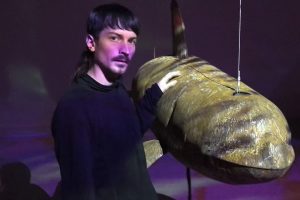


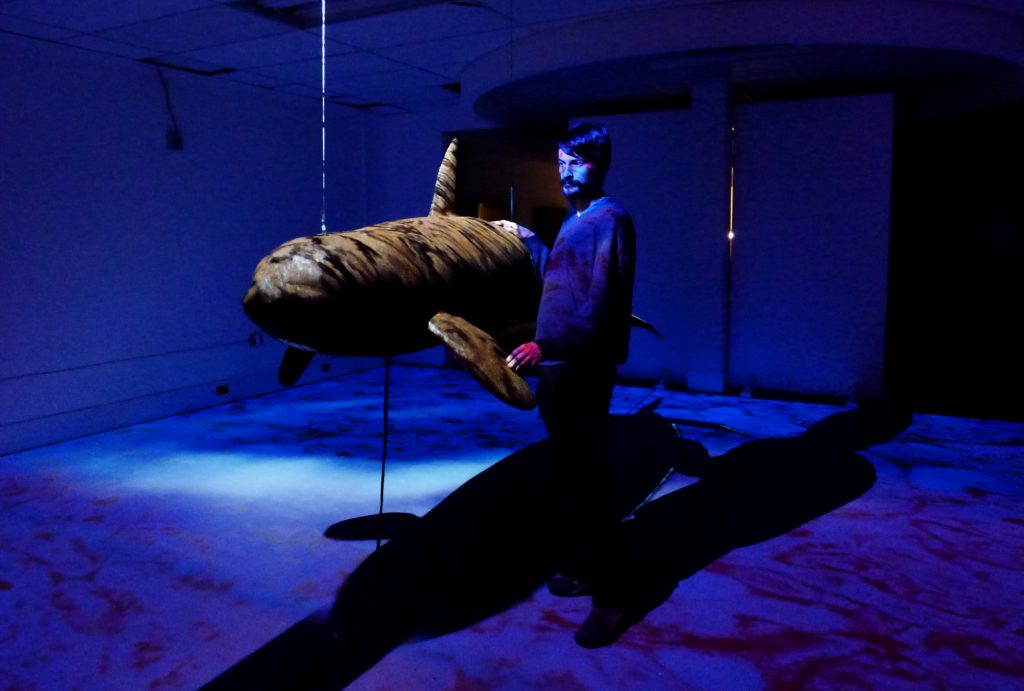
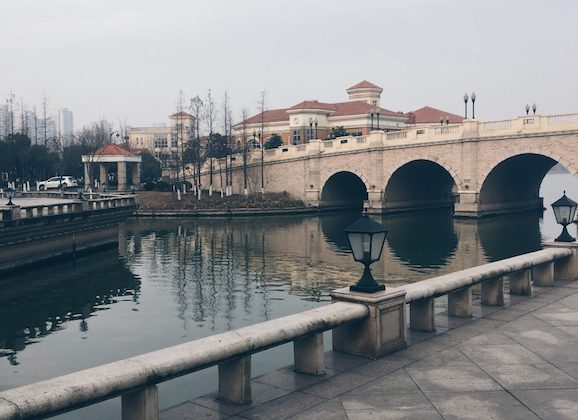
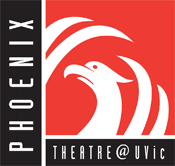
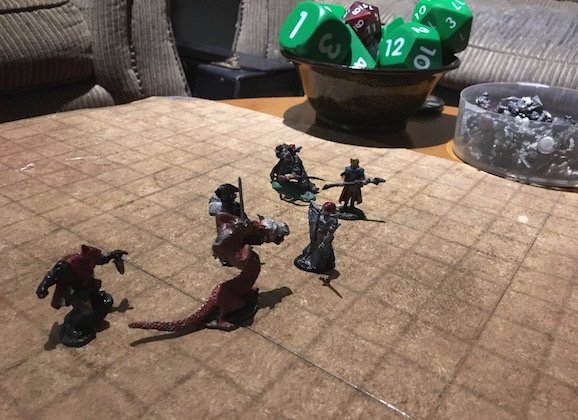
Dear Colton; As a VVALS bursary award winner, we would like to publish some of your work in the BC Art Teachers’ Journal – something that would interest students and teachers: what inspired you? what you learned? What students and teachers might learn? Lots of photos are desirable.
Keep in touch, Bill and Bob, Editors, The Journal and VVALS Board.
PS We have had other bursary award winners write for us. Great way to promote your artwork across the the nation.